Introduction
Another important segment of Digital Signage is its implementation in the form of displaying menus and promotional offers using digital screens, remotely controlled through specialized software. This direction in Digital Signage has received its own name — Menu Boarding.
Menu boarding is a system for displaying menus in food-service establishments on electronic screens called menu boards, which replace traditional printed menus or stands. These are digital panels that show the assortment, prices, promotions, and other information about the venue using static images, animated videos, or any other content.
The portfolio of MediaStroyImidzh LLC includes several completed projects in the field of menu boarding. Among them are two fundamentally different cases — both in business specifics and technical implementation: Café-bakeries «Bulochki» and the A-100 Group of Companies. Both projects are implemented using the online platform for managing digital ecosystems it-screen.
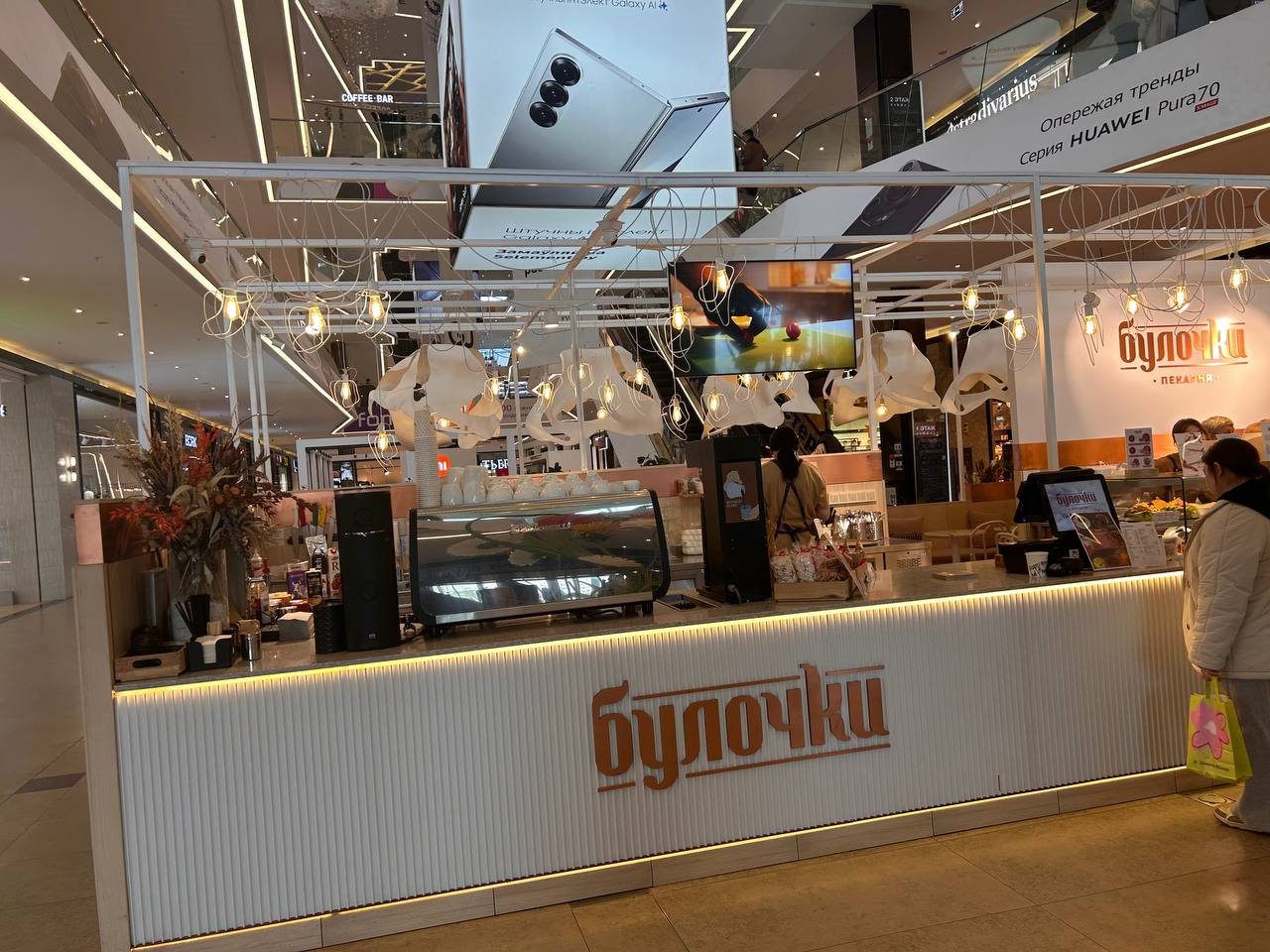 |
|---|
 |
|---|
 |
|---|
Why Is This Important?
In today’s world of information overload, capturing and retaining customer attention is becoming increasingly difficult. Businesses must constantly search for new tools to stand out among competitors. Digital menu boards are one such modern format, helping solve this challenge effectively. They enhance visual impact, boost sales, reduce operational costs, and provide visitors with necessary information.
Additional benefits of digital menu boards:
- Dynamic menus — breakfast/lunch/dinner options are displayed automatically according to schedule, automatic updates of assortment and prices (integration with POS-terminals).
- Attracting attention: Bright and dynamic images on screens catch visitors’ eyes, helping them choose faster. It is believed that “motion food” increases sales by 30–50%.
- Increasing average ticket and overall revenue through marketing tools such as upsell and cross-sell.
- Network-wide management — centralized control of content, prices, schedules, and equipment status across all locations.
- Analytics — automated data collection in real time to provide reports that help measure content effectiveness, optimize menus, increase sales, and reduce operational errors.
These are key business benefits of menu boarding, but customers also gain significant advantages:
- Ease of perception — digital boards make information clearer thanks to large, high-contrast fonts and structured menus (content can be divided into categories such as drinks, desserts, combos, special offers).
- Time-of-day adaptation — customers see only relevant menus: breakfast in the morning, business lunches during the day, combos and hot dishes in the evening.
- Attractive dish images — slow-motion shots, smooth movements, steaming coffee, or juicy burgers create emotional appeal.
- Clear, readable prices — one of the main reasons for customer convenience.
- Interactivity (with touch screens) — customers can configure their own orders and avoid queues.
 |  |
|---|
 |
|---|
Modern Methods to Improve Menu Board Usability
In an ideal menu board, as in a well-designed menu, every detail should make the visitor's choice easier. This is not easy to achieve, but several proven principles significantly improve usability and effectiveness.
Research shows that 56% of guests form their preferences based on menu boards, and around 74% consider readability and clarity the most important characteristics of digital menus. Owners of fast-food chains, bakeries, and cafes consistently report that improving the structure and design of menu boards is one of the most effective ways to increase profits without extra investment.
Principle 1. Use of “hot zones.” Hot zones are areas where visitors look first. These zones should contain best-sellers, high-margin items, or strategically important dishes.
Principle 2. Large items need more space. Compare sales volume of dishes to the space they occupy. High-performing items should take up more visual area.
 |
|---|
Principle 3. Logical placement. Popular dishes should not only occupy more space but also be positioned in the most visible areas. To determine optimal placement, create a sales table for the year and sort items by revenue and profitability. Analyze contributions to total sales and margin.
Principle 4. Experiment, maintain, preserve.
- Experiment: The menu board should have a dedicated area for testing new items.
- Maintain: After successful releases, determine whether items stay and adjust the menu accordingly.
- Preserve: Key high-selling “anchor dishes” must remain visible and stable in placement.
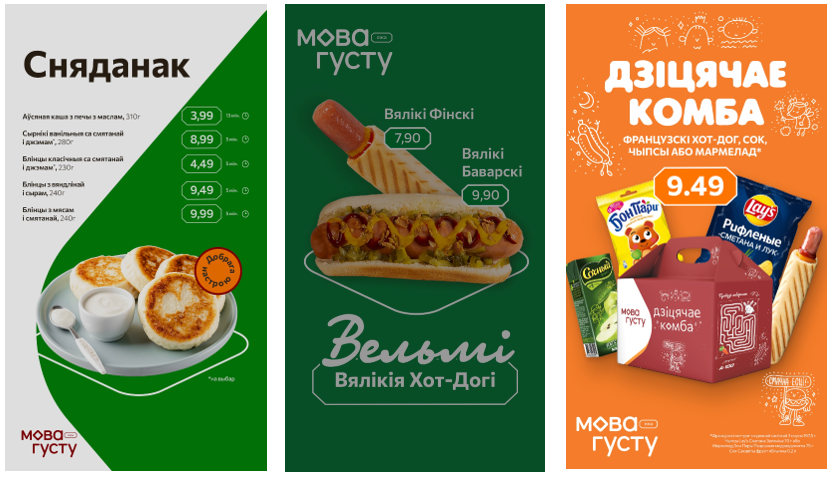 |
|---|
Principle 5. Think like a visitor. Arrange items in the sequence customers typically form their orders.
Principle 6. Branding. Effective branding is more than a logo — the brand identity must be present on all key touchpoints including menu boards.
 |
|---|
Principle 7. Analytics. Data is crucial. After optimizing the board, analyze results: changes in sales, number of orders, average ticket, and customer satisfaction.
it-screen software provided by MediaStroyImidzh LLC incorporates all these principles, offering scheduling, event-driven content, dynamic pricing, full analytics, and equipment monitoring.
 |
|---|
Aggregated presentation of analytical data (statistics aggregated)
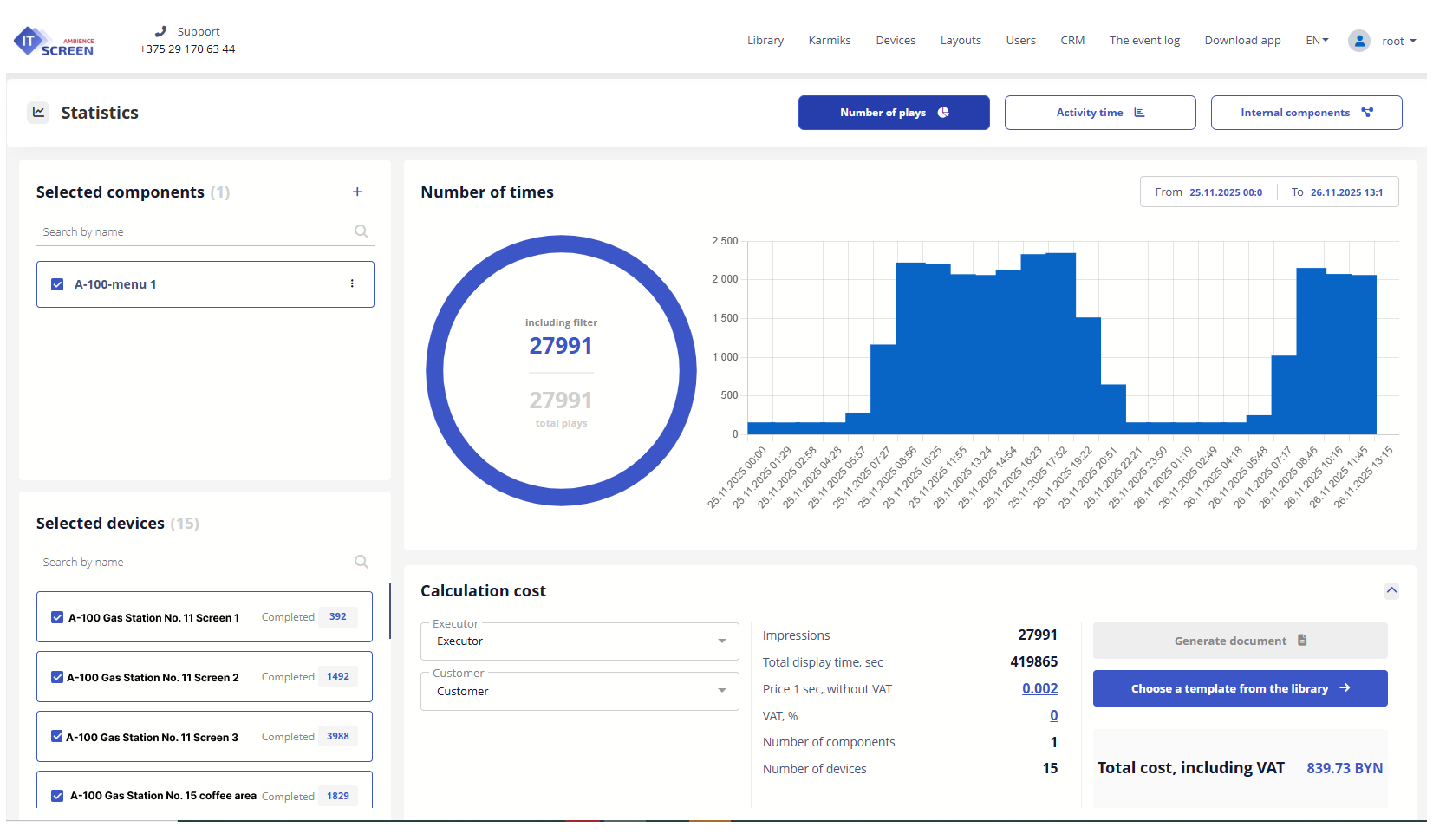 |
|---|
Detailed presentation of analytical data (detailed statistics)
Global Practices in Menu Boarding
USA:
Church’s Chicken (New Mexico) — digital menu case.
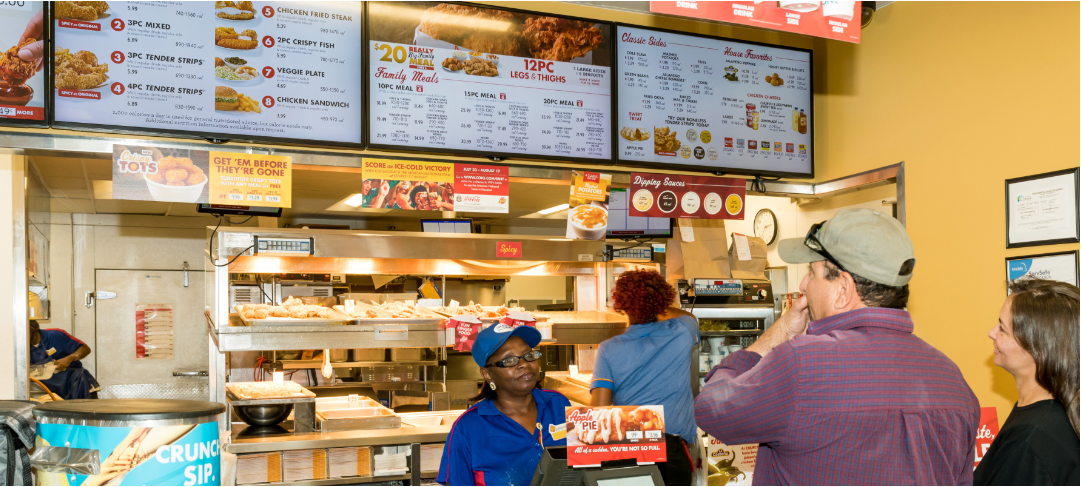 |
|---|
Domino’s — centralized CMS for synchronizing menus across locations.
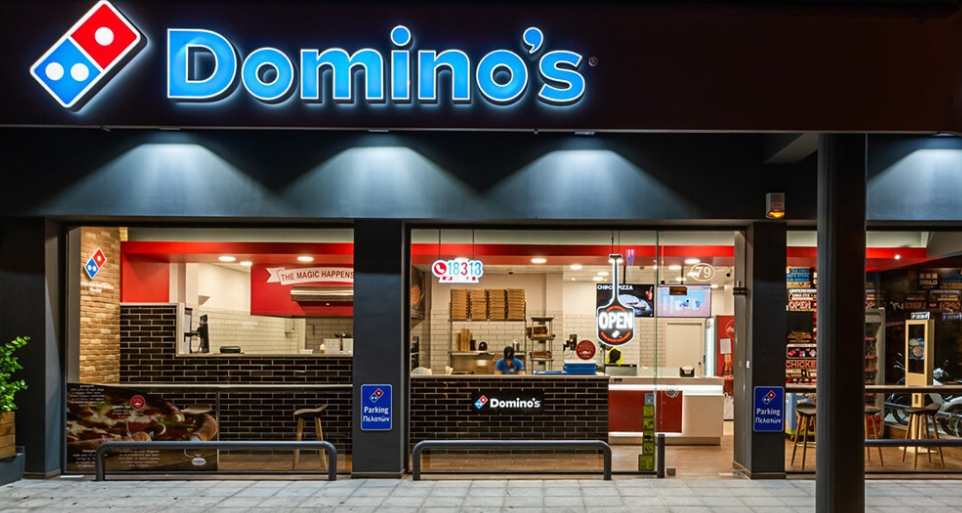 |
|---|
El Pollo Loco — digital menus with real-time updates.
 |
|---|
Europe:
Wendy’s / other QSR brands — projects with Scala and Sharp/NEC in Europe.
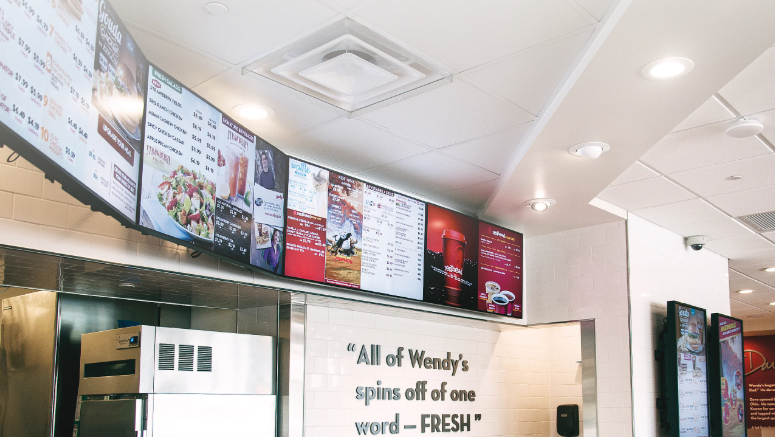 |
|---|
China:
KFC / Yum China — digital menus, kiosks, QR ordering, CRM and logistics integration.
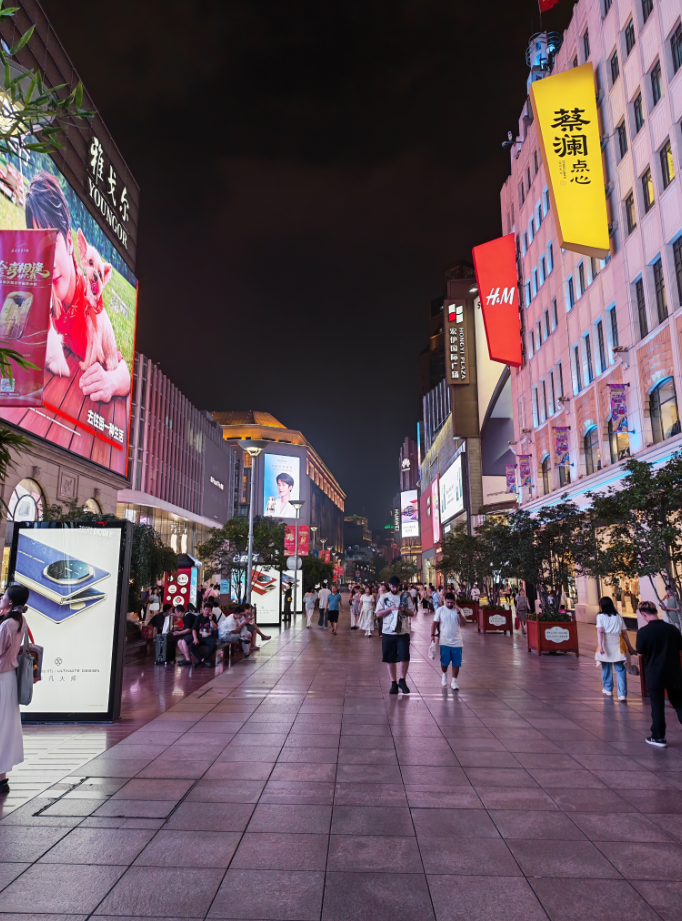 |  |
|---|
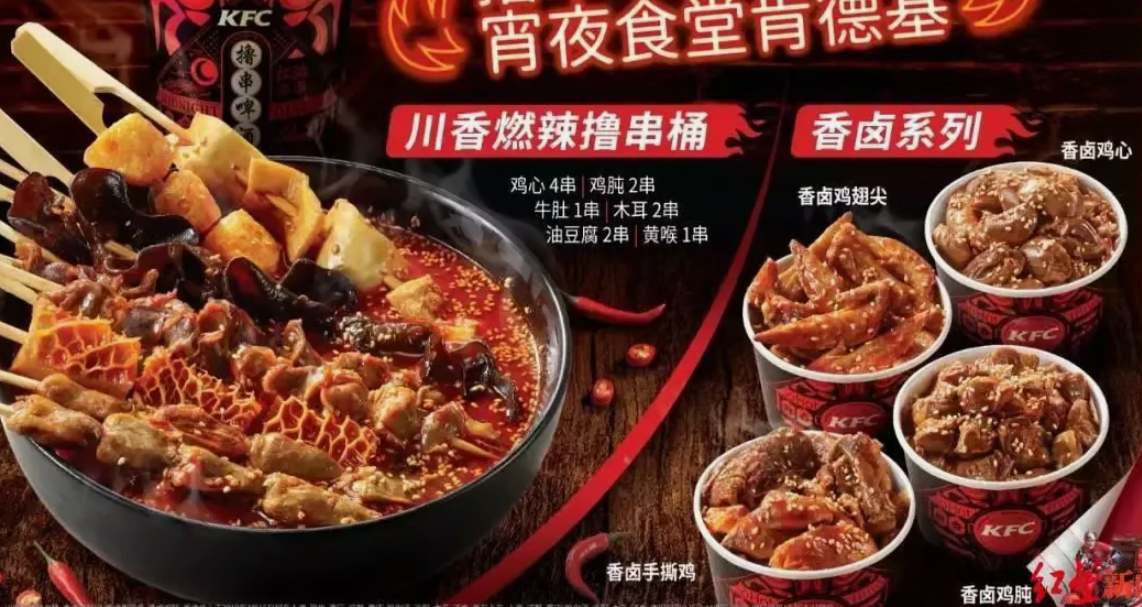 |
|---|
Belarus:
Café-bakery «Bulochki», A-100 Group — large-scale digitalization with scheduling, event analytics, full reporting, and monitoring. (https://msipro.by/portfolio/menyu-bording-odin-iz-segmentov-digital-signage-kafe-pekarnya-bulochki/)
 |  |
|---|
 |
|---|
Menu Boarding Trends from MediaStroyImidzh LLC for 2025–2030
• AI-generated dish images
• Adaptive menus (based on weather, demand, time, geodata)
• Computer vision — queue detection and adaptive advertising
• Interactive AR elements – augmented-reality objects that the user can interact with. AR enhances the real world with digital 3D models, text, hints, and animations, while interactivity makes these elements responsive.
• Contactless panels and projected menus